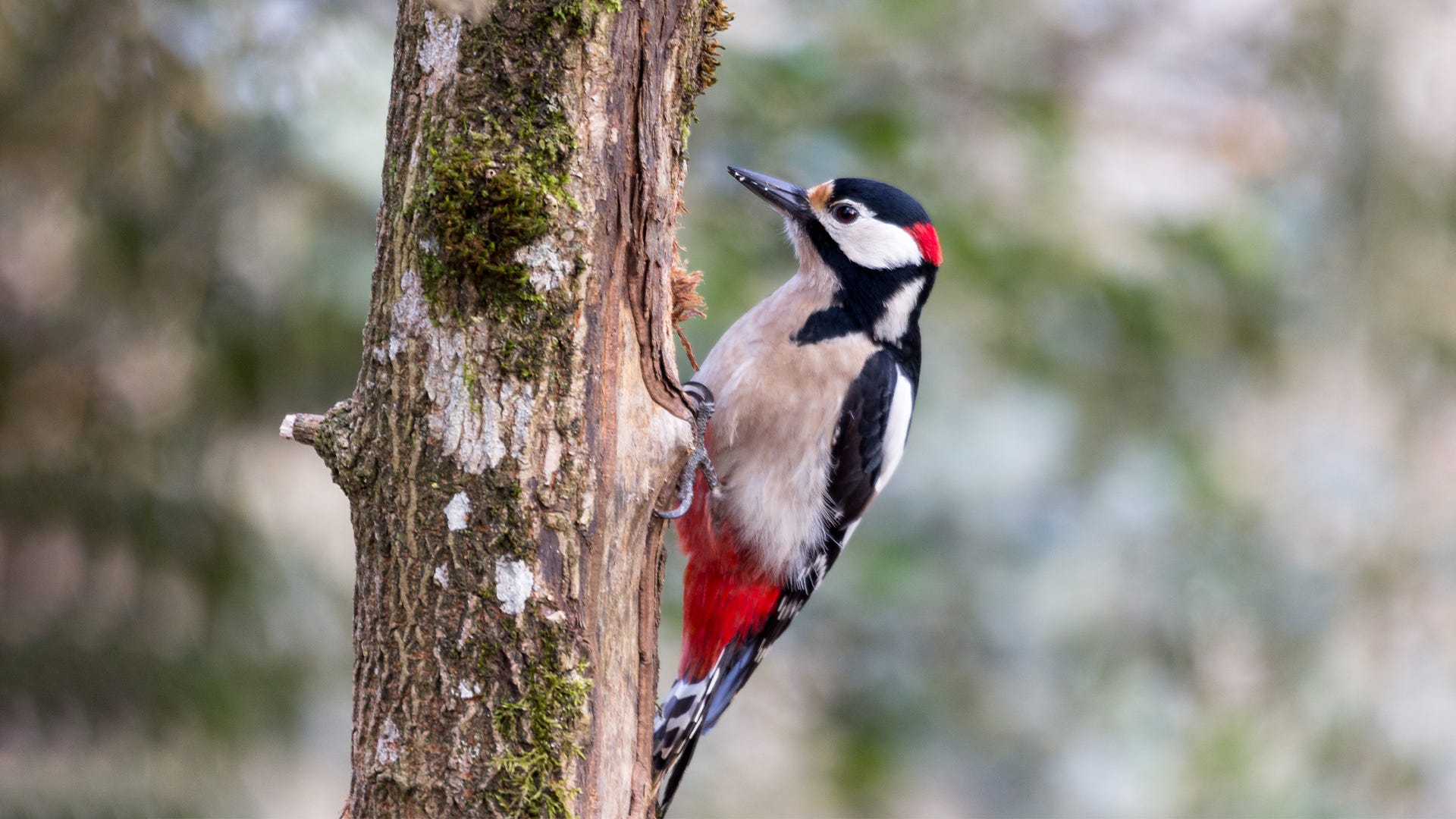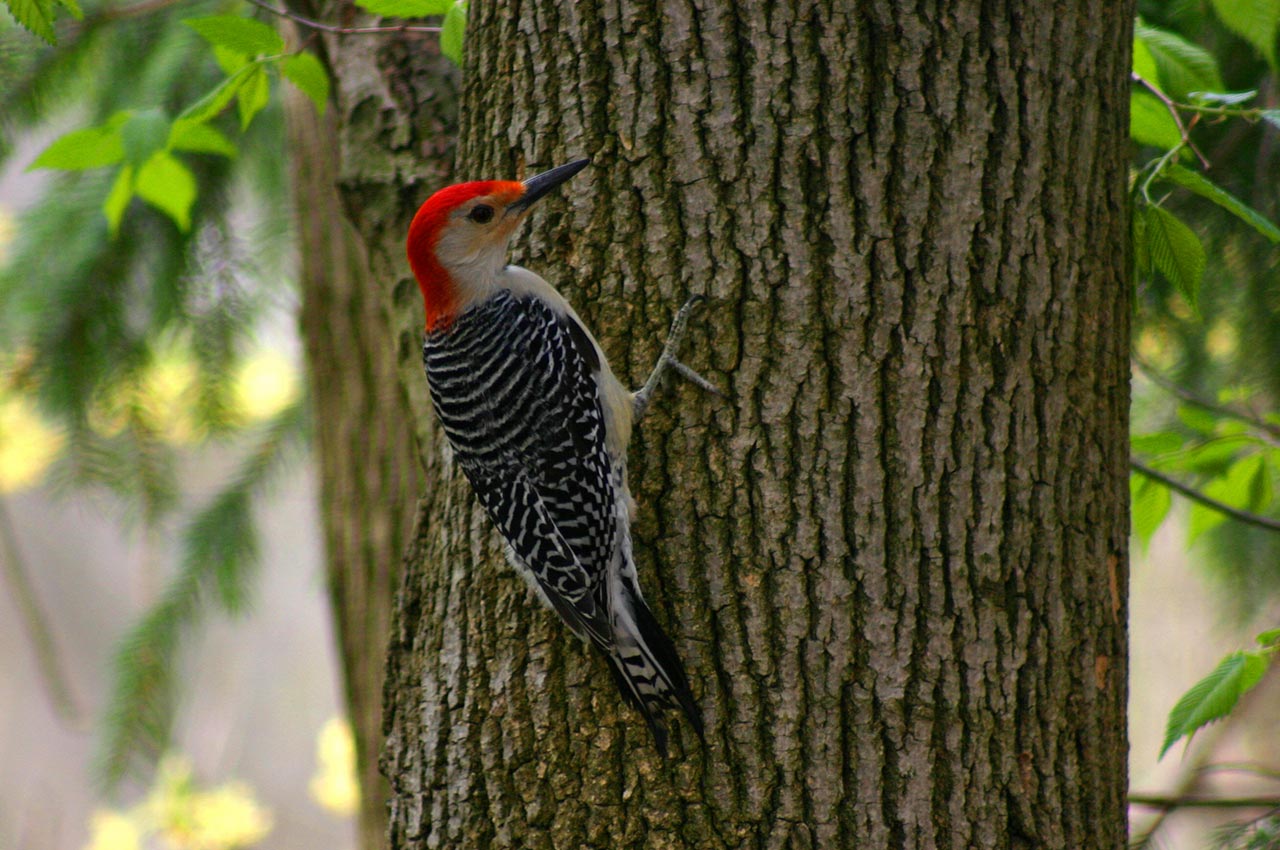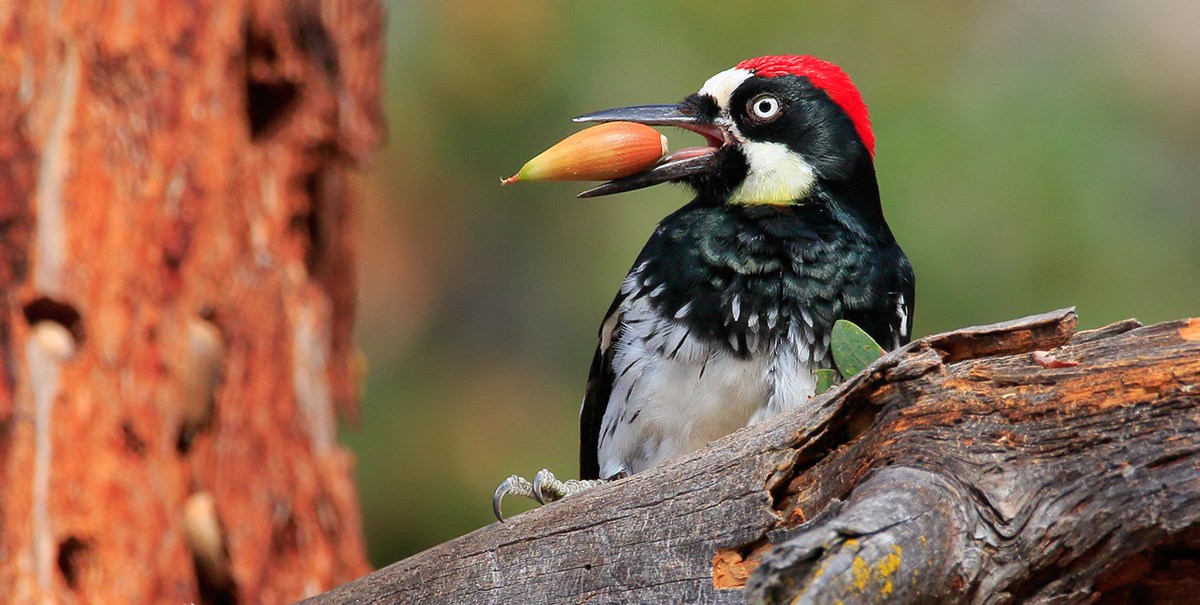Understanding Woodpeckers in Florida: Actions, Types, and Habitats
Understanding Woodpeckers in Florida: Actions, Types, and Habitats
Blog Article
Woodpeckers Unleashed: Exploring the Marvels of These Competent Tree Climbers
Woodpeckers, with their unique markings and balanced drumming echoing with wooded locations, hold an unique location in the bird globe - Woodpeckers in Florida. As we delve right into the detailed details of woodpeckers' nesting practices, feeding strategies, and the ongoing conservation efforts to shield these remarkable birds, a deeper admiration for their location in nature unravels.
Makeup and Adaptations
When examining the composition and adjustments of woodpeckers, one can observe impressive features that allow these birds to prosper in their specialized environmental particular niche. Woodpeckers are furnished with a collection of one-of-a-kind anatomical attributes that help them in their woodpecking behavior. One of one of the most popular attributes is their solid, chisel-like beak, which is specialized for drilling into wood to uncover insects or create nesting cavities. This beak is supported by strong neck muscles and a highly developed skull framework that acts as a shock absorber, permitting woodpeckers to repeatedly peck at trees without creating brain injury. Additionally, woodpeckers have zygodactyl feet, with two toes facing forward and two encountering in reverse, giving a company hold on tree trunks while they look for food or drum for communication.
Furthermore, woodpeckers have a distinct tongue structure that is long, barbed, and sticky, allowing them to draw out insects from holes in wood. This specialized adjustment enables woodpeckers to exploit a food resource that is inaccessible to several various other bird species. On the whole, the composition and adaptations of woodpeckers display the amazing transformative services that have actually enabled these birds to thrive in their arboreal environment.
Drumming Behavior
Having actually explored the makeup and adaptations of woodpeckers, the focus now shifts to recognizing their drumming actions, a distinctive element of their interaction and territorial display screens. Drumming is an important type of communication amongst woodpeckers, offering several objectives such as establishing areas, drawing in friends, and signaling alarm. Each woodpecker varieties has a distinct drumming pattern that helps individuals identify members of their very own varieties and differentiate them from rivals or killers.
Woodpeckers generate drumming sounds by quickly pecking on powerful surfaces such as dead trees, utility posts, or even metal things, creating a series of balanced beats. The strength and speed of drumming can vary based upon the objective; for example, a rapid drumming series might signify hostility in the direction of burglars, while a slower and softer drumming pattern could indicate courtship (Woodpeckers in Florida). Furthermore, woodpeckers might readjust the regularity and duration of their drumming to communicate certain messages effectively
Nesting Practices
Checking out the nesting routines of woodpeckers discloses fascinating insights into their reproductive behaviors and habitat options. Woodpeckers are understood for their one-of-a-kind nesting choices, frequently excavating tooth cavities in trees to produce protected areas for elevating their young. These dental caries offer not just as a nesting website however likewise as a safe haven from killers and severe weather condition.
Woodpeckers exhibit a high degree of fidelity to their nesting websites, typically going back to the very same area year after year. This habits highlights the relevance of ideal habitat availability for their reproductive success. The selection of a nesting website is vital for woodpeckers, with elements such as tree varieties, height, and degeneration stage playing significant roles in their decision-making process.
Interestingly, some woodpecker species are known to dig deep into several tooth cavities within their area, giving themselves with alternate nesting choices. This technique might function as a form of insurance coverage against potential hazards or disruptions to their main nesting site.

Feeding Strategies
One of the most unique feeding habits of woodpeckers is drumming, which includes rapid pecking on trees to uncover pests under the bark. Woodpeckers are likewise understood to excavate cavities in trees to access surprise insect larvae or sap. Some varieties, like the acorn woodpecker, store nuts in specially created openings called granaries.
Preservation Efforts
Amidst the pop over here intricate feeding techniques showed by woodpeckers, the preservation efforts intended at guarding these remarkable birds play an essential role click over here in maintaining their habitats and populaces. Woodpeckers deal with various threats to their survival, consisting of habitat loss as a result of logging, climate adjustment altering their communities, and crashes with manufactured structures such as structures and cars - Woodpeckers in Florida. Conservationists are proactively working to attend to these challenges and make certain the lasting health of woodpecker types

Education and public awareness projects are also vital parts of woodpecker conservation initiatives. By increasing awareness concerning the value of these birds in maintaining healthy and balanced forest ecosystems, preservationists can gather support for environment conservation campaigns and promote liable land administration practices. Via collaborative initiatives between scientists, policymakers, and local areas, we can interact to protect a future where woodpeckers thrive in their all-natural habitats.
Verdict

Report this page